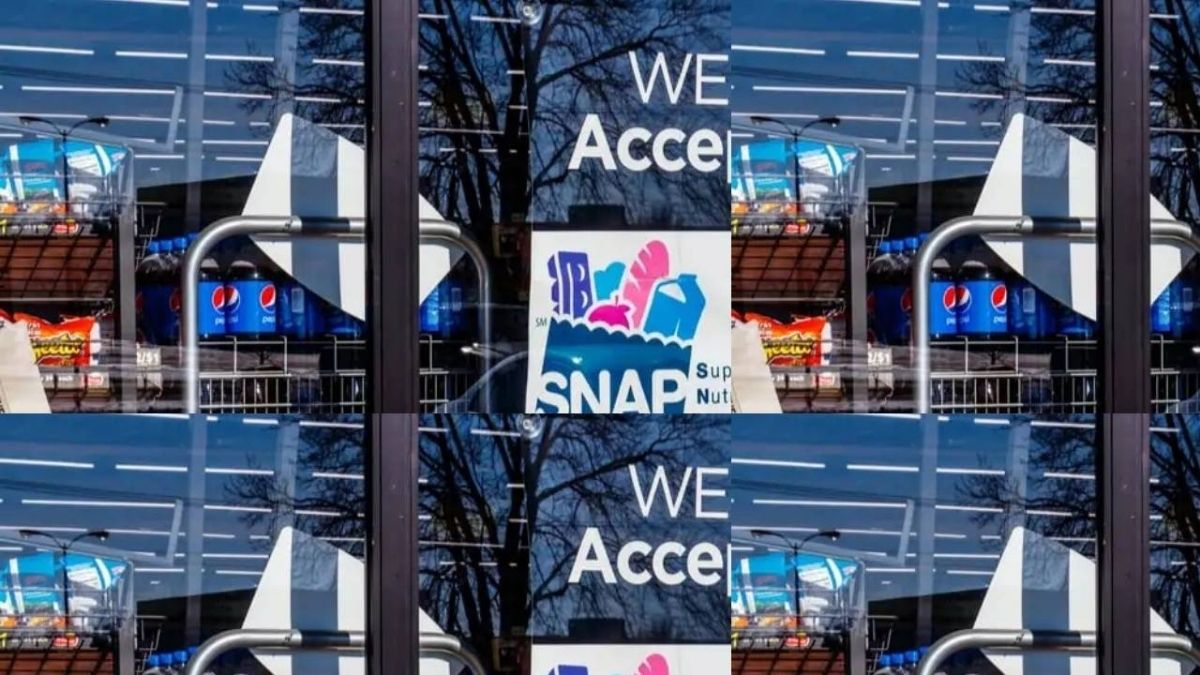The U.S. Department of Agriculture (USDA) has approved new waivers allowing Arkansas, Idaho, and Utah to restrict the purchase of junk food using SNAP benefits. These three states join Indiana, Iowa, and Nebraska, which received approval for similar limitations earlier in May 2025. The restrictions are expected to take effect in 2026, bringing the total number of states with junk food bans under the Supplemental Nutrition Assistance Program to six.
The SNAP program—often referred to as food stamps—supports millions of low-income individuals and families in buying groceries. In the newly affected states, an estimated 540,000 people currently rely on SNAP benefits. State leaders argue that eliminating sugary and processed foods from SNAP eligibility will help improve public health and reduce long-term healthcare costs.
What the New SNAP Rules Will Ban
The newly approved restrictions vary slightly between the three states:
| State | Restricted Items | Effective Year | SNAP Recipients Affected |
|---|---|---|---|
| Arkansas | Soft drinks, candy | 2026 | ~340,000 |
| Idaho | Soft drinks, candy | 2026 | ~150,000 |
| Utah | Soft drinks only | 2026 | ~50,000 |
These changes fall under the broader “Make America Healthy Again (MAHA)” initiative, a policy movement largely championed by Republican lawmakers seeking to reshape food assistance into a tool for nutritional reform. Under this initiative, states are using federal waivers to tailor SNAP rules to local health and fiscal priorities.
Why States Are Pushing for SNAP Food Restrictions
Supporters of the restrictions cite rising rates of obesity, diabetes, and other diet-related illnesses as key motivators. According to Arkansas Governor Sarah Huckabee Sanders, nearly 23% of SNAP spending—around \$27 billion annually—goes toward sugary drinks, candy, and desserts. Advocates believe that removing these items from SNAP-eligible purchases could nudge recipients toward healthier food choices.
In a public statement, Idaho Governor Brad Little framed the move not only as a budgetary issue but as a public health necessity. “It’s about taking better care of ourselves and especially our children,” he said. Proponents argue that healthier eating could reduce long-term dependence on taxpayer-funded programs like Medicaid by cutting down on chronic disease rates.
Concerns Raised by Public Health Experts and Advocates
While the policy changes have gained political backing, they have also drawn sharp criticism from health advocates and social policy experts. Critics argue that food access—not food choice—is the root problem. In many low-income areas, fresh and affordable food is scarce, leaving residents with few alternatives to sugary or processed items.
Kavelle Christie, a health policy expert, emphasized the issue of food deserts, saying, “For many families, healthy meals are not a choice—they’re simply unavailable.” She pointed out that convenience stores and fast-food outlets often serve as the only accessible food options in rural and underserved communities.
Others warn that the bans could be viewed as paternalistic and discriminatory, unfairly targeting those living in poverty. Dr. Valerie Imbruce, director of the Center for Environment and Society at Washington College, highlighted how government subsidies on sugar and processed foods make junk food artificially cheap. “Soda and candy are much cheaper and more calorie-dense than fruits or non-sweetened beverages,” she said, making them a logical—if not ideal—choice for cash-strapped families.
States Lining Up for Similar SNAP Reforms
Several additional states may follow suit. Arizona, Louisiana, Michigan, Montana, Texas, and West Virginia are either considering similar legislation or have submitted waiver applications to the USDA. If approved, these states could impose their own limits on how SNAP benefits are spent, potentially affecting millions more recipients.
The USDA appears open to the idea. Agriculture Secretary Brooke Rollins called the states “laboratories of democracy” and said she is optimistic that some of the best strategies for improving nutrition and reducing reliance on public health programs will originate from the states themselves.
The Bigger Picture: SNAP’s Evolving Role in American Nutrition Policy
These recent developments reflect a growing national debate about the purpose of SNAP. Originally created to fight hunger, the program is increasingly seen as a tool for promoting public health. Policymakers are wrestling with how to balance individual choice and public responsibility, especially in the context of rising healthcare costs tied to poor diet.
Although restrictions on SNAP purchases are still relatively rare, their rising popularity suggests a major shift in how food assistance is being envisioned—from a program focused solely on food access to one that actively shapes consumer behavior.




